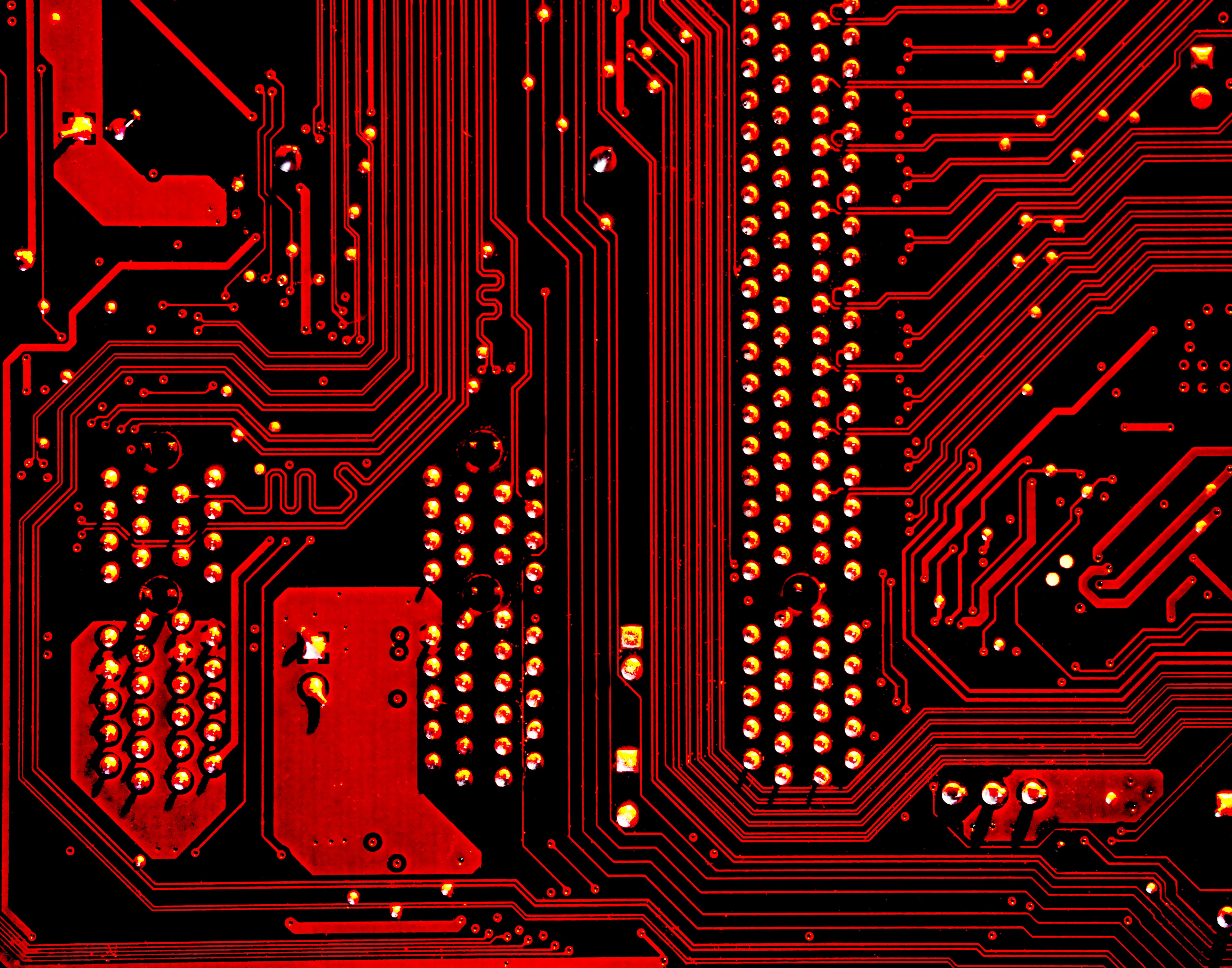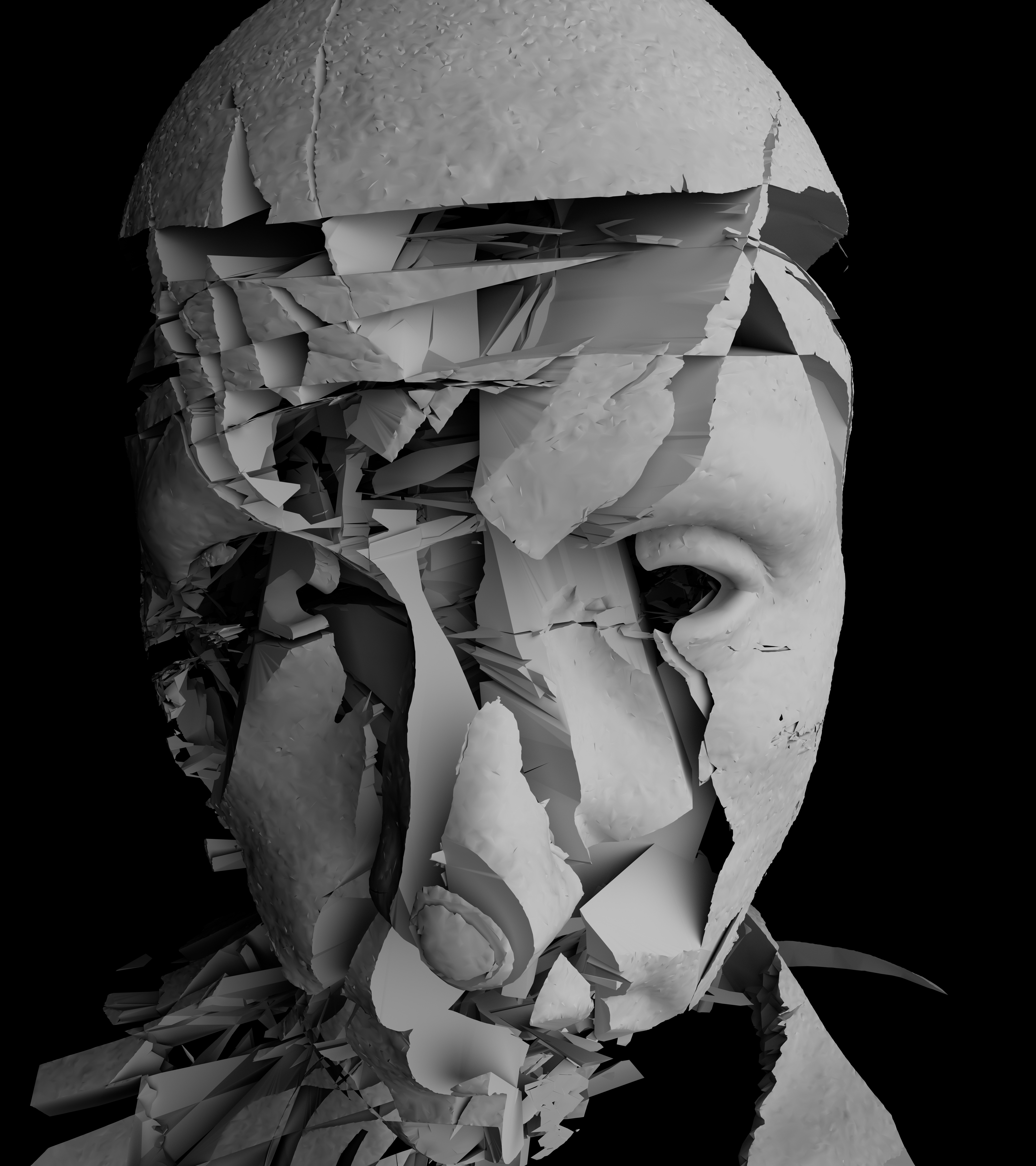Imagine a life without your phone, PC, or TV. Aside from entertainment,could you live your life normally? Could you do your job? Can you even get tothe place of work? Let alone visit somewhere you haven’t been before…

The Cyborg Post-Human
Life today is reliant on technology in ways unimaginable before. It’s not just that, we are becoming more and more one with the machine.
Science fiction always imagined the cyborg to be a human that has machines and chips embedded within the human body. While we are not that far off from that (Elon Musk’s Neurolink is building a sci-fi movie in our day-to-day lives), the modern human is so linked with technology that it became part of him/her.
Aside from the sci-fi representations, the modern human is its own version of a cyborg. For instance, we move around using a GPS on our phone, we connect with people using our phones (sometimes we are too lazy to get up and talk to someone in the room next to us so we just text them).
The modern human is working in a bubble, using technology as an integral part of doing the job. An accountant needs their spreadsheet and accounting systems to perform their jobs, without the software they cannot perform their job.
The question arises, how human are we then? Could we say we are still the same human race that lived 2000, 1000, or even 100 years ago? Weare no longer the hunter-gatherers, nor are we the farmers. We are becoming more machine than human. Even our stories are built through machines, communications, and entertainment, all guided by technology.
And to what extent are we ready to go? We are building machine artists, musicians, sculptors… We even go to parties and concerts to enjoy “techno” music, built through machines. This shows we are becoming more and more part of a machine, a cyborg.
References
Haraway, Donna. n.d. “Chapter 4: A Cyborg Manifesto: Science, Technology, and Socialist-Feminism in the Late 20th Century,” 42.











